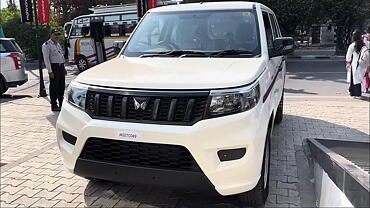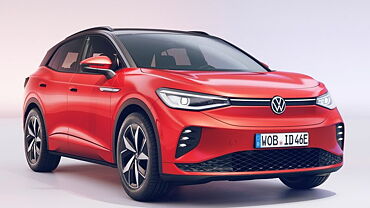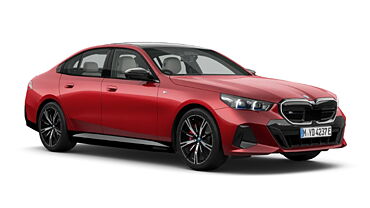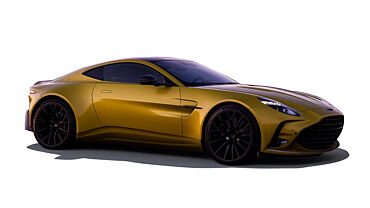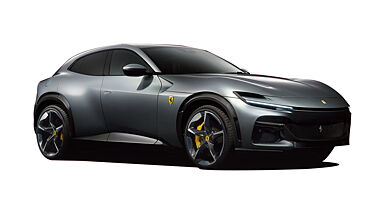As the pressure on preserving the Earth’s natural resources mount, car manufacturers look for alternate means of powering transport. Hybrid engine is one such step in this direction. It uses a gasoline engine (internal combustion engine) along with an electric motor that is powered by batteries.
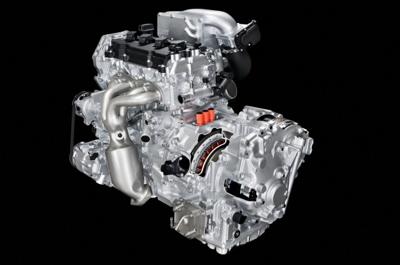
Hybrid engine technology brings together many benefits. It combines the power of traditional engines along with the best features that an electric engine driven vehicle has. This technology allows the car to perform more efficiently and helps in conserving the precious natural resources. The advantages of hybrid engine technology are as follows:
-
High driving range - Vehicles using hybrid engines have ranges of over 800 km (500 miles) unlike the short ranges offered by purely electric engine driven vehicles.
-
Fuel efficient – Since power is handled intelligently by both electric and gasoline engines, the hybrid powertrains offers unmatched fuel economy.
-
Low pollution – Hybrid engines run cleaner than regular gasoline engines. This is because in start-stop conditions, the electric engine takes over, conserving fuel and hence reducing the pollutants released.
-
Increased performance – This is again due to the intelligent control of vehicle parameters. When increased power is needed, both the gasoline engine and electric engine kick in. This results in more linear power delivery than conventional vehicles.
Let us now understand how a hybrid engine works.
-
Starting – As the vehicle starts moving from standstill, only power from the electric engine is used. The gasoline engine is not powered up as yet and hence there is no pollution at start up.
-
Sedate driving – The electric engine continues to function if the vehicle is being driven slowly. This is because the required power can be supplied from the batteries itself. The gasoline engine remains off and only starts automatically if the power level in the batteries becomes low.
-
Cruising speeds- The gasoline engine kicks in and powers the car. Power is also sent to the generators to recharge the batteries and also to provide additional power to the wheels if needed.
-
High speed driving – This is when all the power from the gasoline engine and the electric engines are used in tandem to power the vehicle. This can also be triggered when the vehicle is on a steep incline and needs to go up. The combined power of the two machines allows hybrid engine vehicles to produce the power output of a much higher class.
-
Braking – The advanced technology incorporated into hybrid engines allows the batteries to recharge while braking and decelerating. The wheels of the car turn the electric motors, which aid in deceleration and also charge the batteries at the same time.
-
Stop – When the vehicle is brought to a halt, all the engines are shut down. The hybrid engine does not idle as regular gasoline engines do. The moment the accelerator is pressed, the electric engine come to life to get the vehicle moving.
Hybrid engine technology is here to stay. While costs of hybrid engine vehicles is still high, governments across the world are working on laws and regulations to make the technology more accessible, thereby reducing the cost involved in buying and maintaining a hybrid vehicle.







